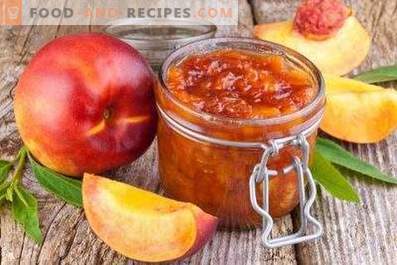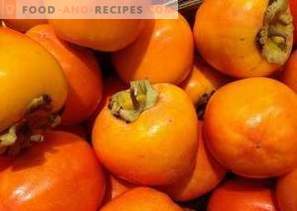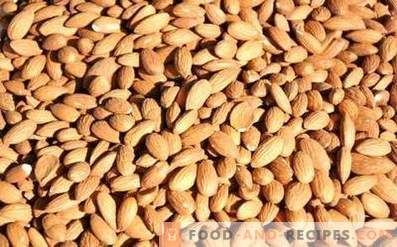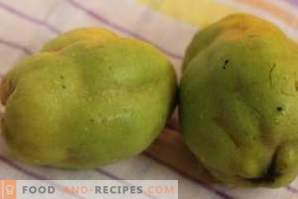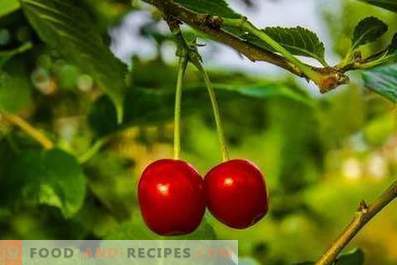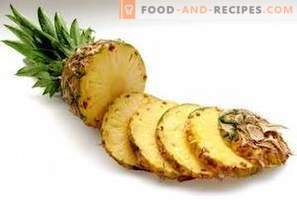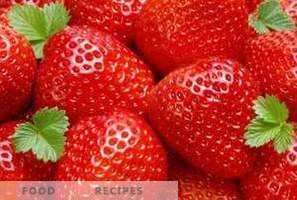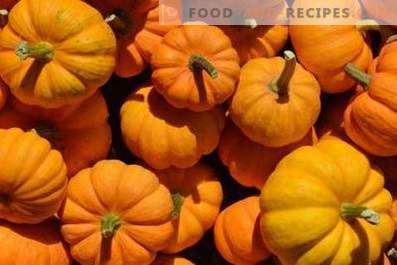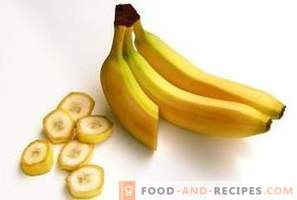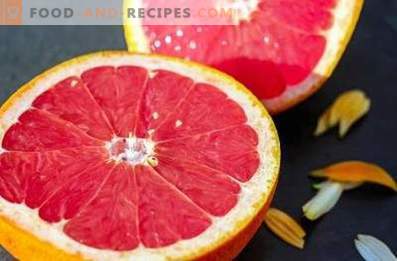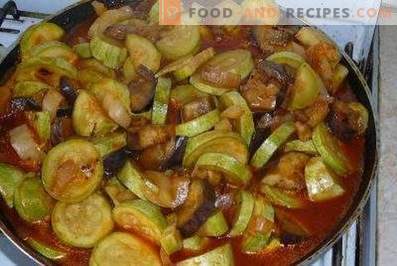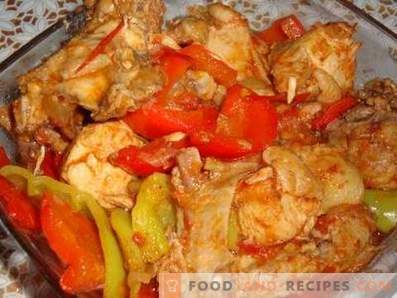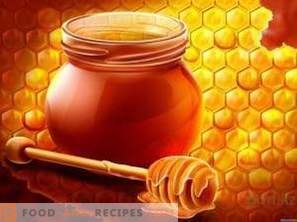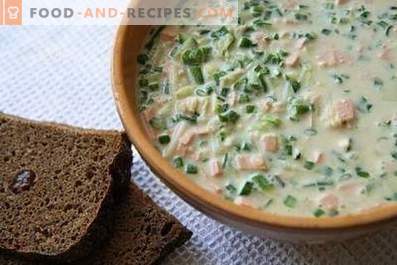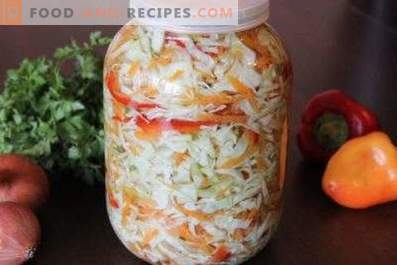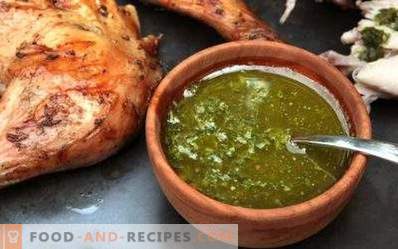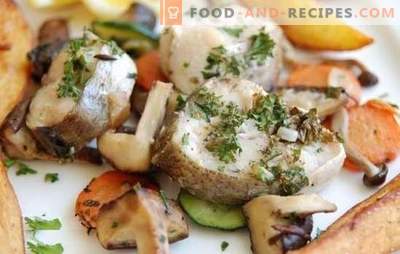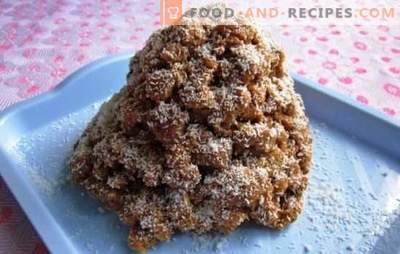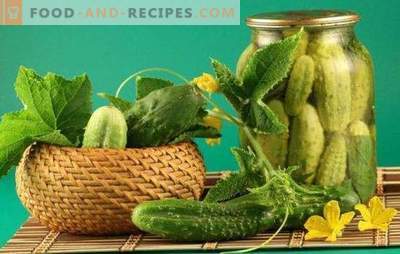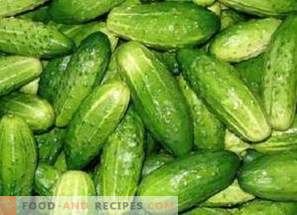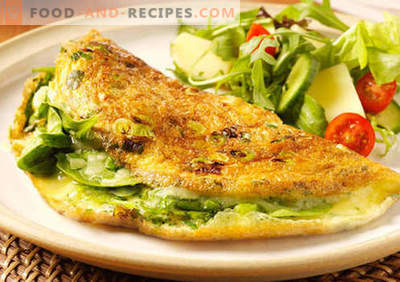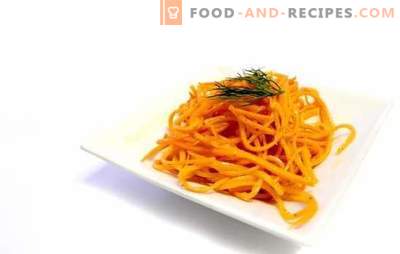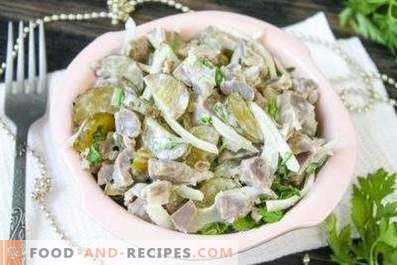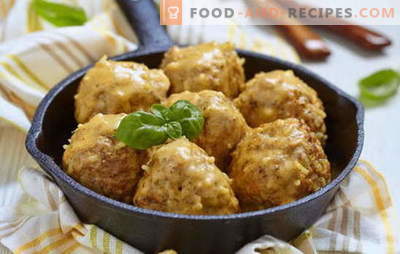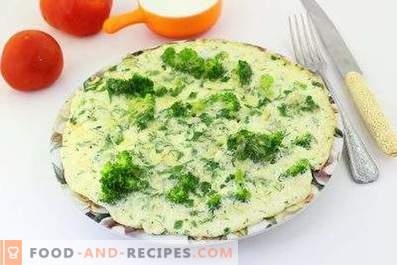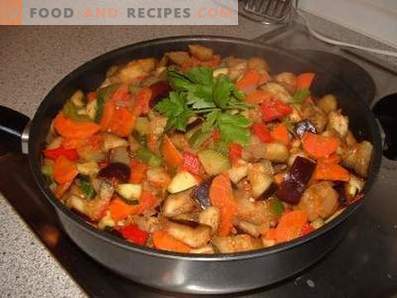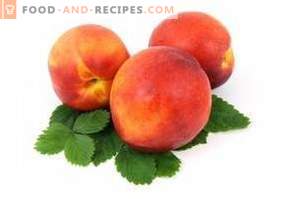
Peach is a fruit plant of the Pink subgenus family of almonds. In Latin, the species is called Prunus Persica, and the usual name of the fruit is of Persian origin (in this language the fruit was called “plum”). The structure of the peach tree is very close to the structure of the almond, the difference between the two types is only in the fruit.
In historical documents, the peach is often called the “king of all fruits.” China is considered the natural homeland of the plant, where the peach was first cultivated three thousand years ago. It has long been considered one of the five best fruits in the world (the other four places were apricot, chestnut, plum and loquat). A beautiful tree with tender pulp actively attracted the attention of travelers: first the plant was taken out by the Persians, and then the soldiers of Alexander the Great took the peach to Greece. Because of such a historical and geographical chain in Athens, the fruits began to be called the Persian apple. Italy learned about peaches only at the beginning of our era. The size of the peaches that grew in the Roman gardens resembled a large apple. But after the invasion of the barbarians, the growth of culture was halted, gardening declined, and for a long time the plant became wild, and the fruits - small and bitter.
Only in the 16th century, attempts to create a domesticated peach were resumed in European countries, but the fruit's optimum taste was achieved only after three centuries. Around the XIX century, the plant came to Russia, and the exotic fruit immediately became the hero of many legends and myths. For example, the fruit was called the peach of immortality, which ripens every three millennia. Wood served to cut ritual objects, and the fruit itself hoped to cure diseases and cast out evil spirits. From the flowers and branches of the peach did amulets. Art reflected these moods in the works of many masters. In the paintings of the Renaissance there is an image of a peach, including near the baby and Madonna. The leaves of the peach tree have lanceolate leaves with cloves along the edges. In height, the trunk reaches 4-8 meters. Almost sessile flowers appear before the leaves, and the petals are red and pink. Flowering occurs in early spring, and the crop appears from June to mid-autumn. Peach fruits can be flat and elongate-oval, on the same side there is necessarily a groove. The velvety pubescent skin has a greenish-white, golden or orange color with a blush. The flesh can be colored white, pink and red, it has a strong pleasant aroma and a sweet taste (sometimes a little sour). The brown stone (endocarp) is covered with grooves and pinholes; it can grow together with pulp, but in most cases it is easily separated from it. Some varieties bear fruit from late spring through October, although all peach trees bear fruit only from the age of three.
To obtain a regular high-quality harvest, proper selection of the soil is necessary (fertile and with a low standing of groundwater). Peach does not tolerate droughts and sudden frosts. The reproduction of the plant is carried out with the help of seeds and budding (using almond seedlings and peach as a stock). The fruit is consumed fresh and canned, used to prepare many dessert dishes.
Habitat is currently the southern regions of Eurasian countries with a temperate climate. Peaches are actively cultivated in some regions of Russia, in the South Caucasus, Central Asia, and the USA.
Nutritional value of peaches and vitamins in the composition of fruits
Peach pulp contains a lot of fiber and sugars, so the fruit is considered an effective source of energy. Also, fresh fruits contain starch, pectins, antioxidants, and several organic acids.
Nutritional value 100 g peaches:
- 0, 94 g of proteins
- 0, 14 g of fat
- 9, 52 g of carbohydrates
- 2, 14 g of dietary fiber
- 0, 74 g of organic acids
- 86, 13 g of water
- 8, 35 g of monosaccharides and disaccharides
- 1, 24 g of starch
- 0, 62 g of ash
The vitamin composition of peaches includes all the essential components of group B, beta-carotene, fairly rare tocopherol and biotin.
Vitamins per 100 g of peaches:
- 0, 52 mg of beta-carotene (vitamin A provitamin)
- 83, 5 µg of retinol equivalent (A)
- 10, 2 mg of ascorbic acid (C)
- 0, 042 mg of thiamine (B1)
- 0, 082 mg of riboflavin (B2)
- 0, 26 mg of pantothenic acid (B5)
- 0, 065 mg of pyridoxine (B6)
- 8, 22 μg of folic acid (B9)
- 0, 84 mg of niacin equivalent (PP)
- 1, 14 mg of tocopherol (E)
- 0, 42 mcg of biotin (H)
Energy value of peaches
Fruit is not only a nutritious product of high vitamin value, but also dietary sweetness. Fresh peaches are often included in diets, as they are low-calorie fruits. After processing and adding other components, the energy value of the product increases greatly.
- The caloric value of 100 g of fresh peach is 46 kcal.
- Caloric content of one fruit (85 g) - 38, 3 kcal.
- The caloric content of dried peach is 253 kcal.
- The caloric content of peach juice is 40 kcal.
- Caloric content of peach compote - 76 kcal.
- The calorie content of peach jam is 255 kcal.
The low energy value of fresh peach does not prevent it from remaining a leader among fruits in terms of the content of vitamins and mineral elements.
Macro and trace elements in peaches
The pulp of the fruit contains most of the potassium and phosphorus, as well as iron, fluorine and calcium.
Macroelements per 100 g of peaches:
- 20, 04 mg of calcium (Ca)
- 365, 4 mg of potassium (K)
- 16, 04 mg of magnesium (Mg)
- 34, 5 mg of phosphorus (P)
- 30, 11 mg of sodium (Na)
- 2, 13 mg of chlorine (Cl)
- 6, 012 mg of sulfur (S)
Trace elements per 100 g of peaches:
- 0, 62 mg of iron (Fe)
- 0, 154 mg of zinc (Zn)
- 2, 02 mcg of iodine (I)
- 50, 035 mkg copper (Cu)
- 0, 141 mg of manganese (Mn)
- 14, 2 μg of chromium (Cr)
- 22, 02 μg of fluorine (F)
- 10, 04 mg of silicon (Si)
- 3, 06 μg of lithium (Li)
- 650, 03 mcg of aluminum (Al)
- 4, 01 μg of nickel (Ni)
Useful Properties of Peaches
- For painful or nervous exhaustion, the fruit is recommended as a general strengthening medicine. Especially this remedy is suitable for heart diseases and circulatory rhythm problems, since peaches are very rich in potassium salts.
- The use of peaches favors the blood-forming processes: their components accelerate the synthesis of hemoglobin. Due to this ability and the presence of iron fruits can be used for anemia.
- Peaches prevent the development of colds and protect the body from the influence of adverse conditions, because the pulp contains a complex of vitamins A, B and C.
- Fresh fruits treat urolithiasis, as they have a diuretic effect.
- Peach promotes the secretion of endocrine glands, which simplifies the digestion of fatty foods.
- With the help of the described fruit , reduced gastric acidity and intestinal problems (in particular, constipation) are treated. Doctors advise in these cases, use half a glass of peach juice 20 minutes before a meal. Also, peach juice is an important dietary product, it is recommended for children and patients. A similar effect has a decoction of peach leaves.
- Oil made from peach seeds is valued no less than almond. Pharmacists create from it solvents of medicinal compositions that are necessary for injection under the skin. Peach oil is included in the formulation of some ointments.
- Broth or juice from peach leaves relieve painful sensations during migraine and inflammation of the male bladder.
- Peach leaves can get rid of boils and boils. 8-10 fresh leaves are ground, add 2-3 slices of raw unpeeled potatoes and 70 ml of boiling water. The hot mixture is placed on the skin and covered with a clean, dense cloth. You can use condensed milk instead of potatoes, then the mixture will be used for the treatment of lichen and psoriasis. To combat eczema enough to do the bath of the decoction of the leaves of the plant.
Contraindications to the use of peaches
- It is dangerous to eat peaches with diabetes and overweight. Low calorie product does not negate the high concentration of carbohydrates in the pulp.
- The velvet peach skin (and possible pollen on it) can trigger an allergy. It is important to remember also the toxicity of peach seeds.
- Dysbacteriosis and intestinal disorders may occur due to over-eating of peaches. Such a risk is especially great with increased acidity of the gastric environment.
- If the fruit has a dried out or shriveled bone, then the fruit must have undergone chemical treatment. Such fruits are not particularly recommended for children.
- The stimulating effect of peaches makes their use undesirable with a weak nervous system.


